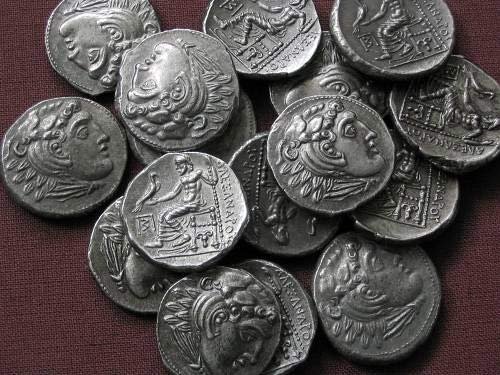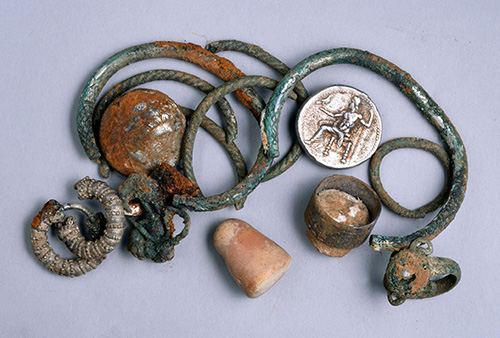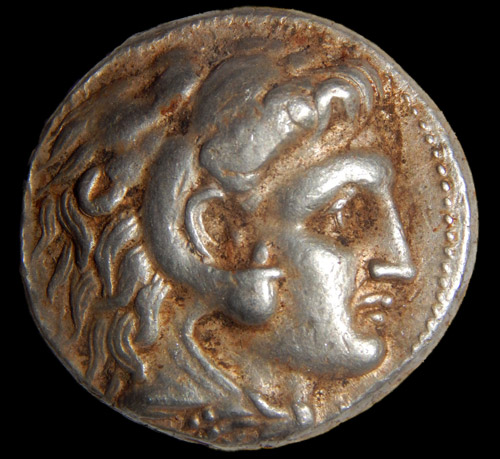The cache of Ancient coins and Jewelry From the time of Alexander the Great discovered
he explorers of the grotto in Israel discovered a small cache of coins and jewellery from the time of Alexander the Great that archaeologists believe was hidden by refugees during an ancient war.


Eitan Klein of the Israeli Antiquities Authority said that the 2300-year-old cache was the first of its kind to be discovered from the period of the conqueror.
The Israel Antiquities Authority said that, in Israel, ancient coins and jewelry from the time of Alexander the Great were found in a cave. In addition, several pieces of silver and bronze jewellery were found, including decorated earrings, bracelets, and rings, which were apparently concealed in the cave, inside a cloth pouch.

“The valuables might have been hidden in the cave by local residents who fled there during the period of governmental unrest stemming from the death of Alexander, a time when the Wars of the Diadochi broke out in Israel between Alexander’s heirs,” Xinhua quoted the Israel Antiquities Authority as saying in a statement.
“Presumably the cache was hidden in the hope of better days, but today we know that whoever buried the treasure never returned to collect it,” the authority said.
Archaeologists with the authority believe this is one of the important discoveries to come to light in the north of the country in recent years.
The cache was discovered by chance, as three members of the Israeli Caving Club were touring the area, known as one of the largest and well-hidden stalactite caves in northern Israel.
They wandered and crawled between various parts of a stalactite cave for several hours, as a shinning object caught their eyes.
They reported the find to the Israel Antiquities Authority, which sent researchers that have examined the cave over the past two weeks.
The discovery comes a month after a hoard of at least 2,000 ancient gold coins was accidentally discovered by divers off the coast of Caesarea, north of Tel Aviv, in the largest gold trove ever discovered in Israel.





